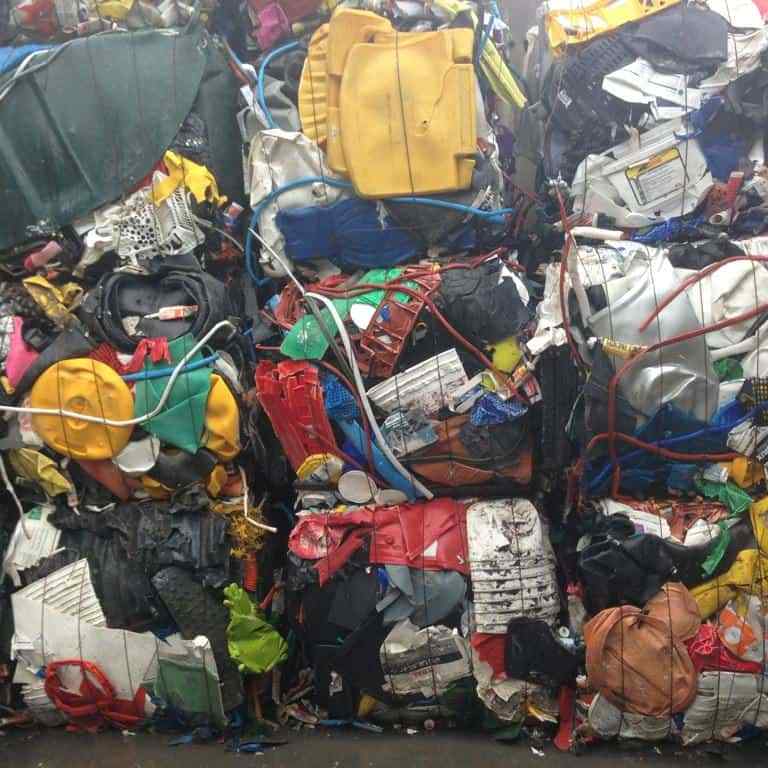
PE Scrap
Product Name: PE Scrap
Material Type: Polyethylene (PE) (can include both Low-Density Polyethylene (LDPE) and High-Density Polyethylene (HDPE) scrap, depending on availability)
Form: Shredded pieces, bales, or films (can vary based on the source and customer needs)
Color: Mixed colors or clear/white (depending on the available scrap)
Origin: Germany
Purity: 90% – 100% PE content (minimal contamination from other materials)
Density:
- LDPE: 0.91 g/cm³
- HDPE: 0.94 g/cm³
Size: Shredded pieces, flakes, or bales, customizable according to customer preferences
Moisture Content: Less than 1%
Packaging: Baled, bagged, or bulk packaging depending on customer specifications
Contaminants: Free from metals, PVC, paper, glass, and other non-PE materials
Recyclability: 100% recyclable for a wide range of applications across industries
Environmental Compliance: Processed in line with Germany’s strict recycling and environmental standards
Certification: Compliant with international recycling regulations (FDA, EU standards, REACH certified upon request)
Description
PE Scrap consists of post-consumer and post-industrial polyethylene (PE) materials that have been discarded or are no longer in use. Polyethylene is one of the most widely used plastics, known for its durability, flexibility, and resistance to moisture and chemicals. This scrap material is sourced from various applications, including packaging, containers, films, and industrial products. The PE Scrap is sorted, cleaned, and processed to meet recycling standards. Sourced from Germany, it adheres to strict quality control and environmental guidelines, ensuring a high-quality material for reprocessing into new products.
Application:
PE Scrap is versatile and can be recycled into various products, which makes it a valuable material across multiple industries:
- Packaging Industry: Recycled into new polyethylene bags, shrink wraps, and food packaging materials.
- Construction Industry: Used in producing plastic pipes, insulation, and sheeting.
- Agriculture: Reprocessed into agricultural films, greenhouse covers, and irrigation tubing.
- Consumer Goods: Converted into plastic containers, toys, and household products.
- Automotive Industry: Used for manufacturing parts like bumpers, trims, and interior components.
- Textile Industry: Recycled into fibers for use in carpeting, upholstery, and synthetic fabrics.
- Recycling Industry: Essential for creating a circular economy by reusing polyethylene materials in various products.
